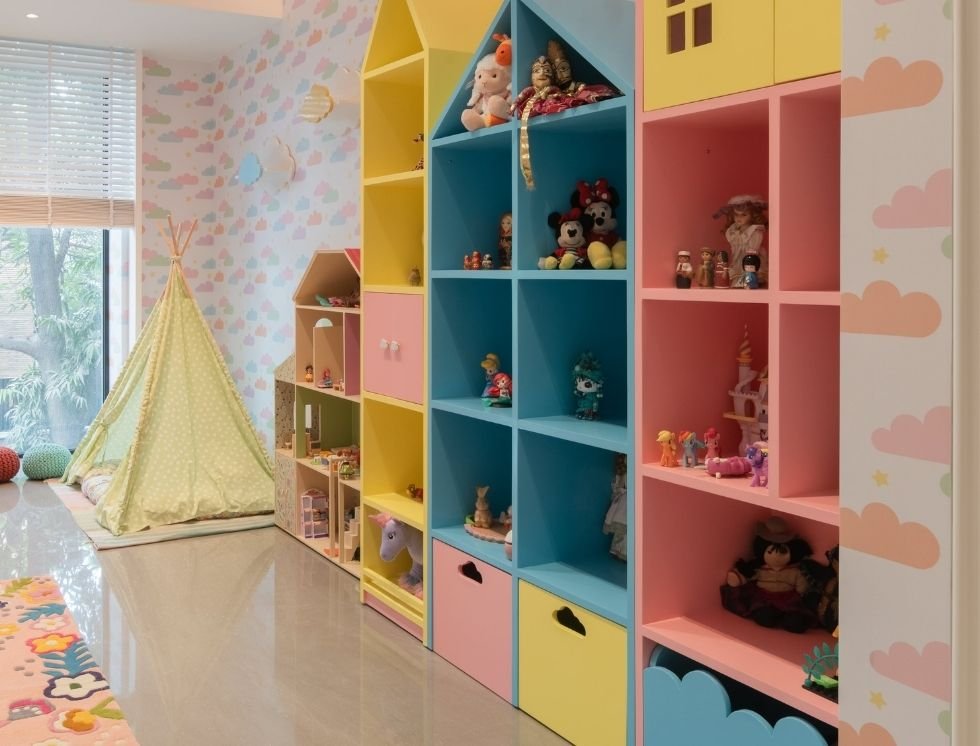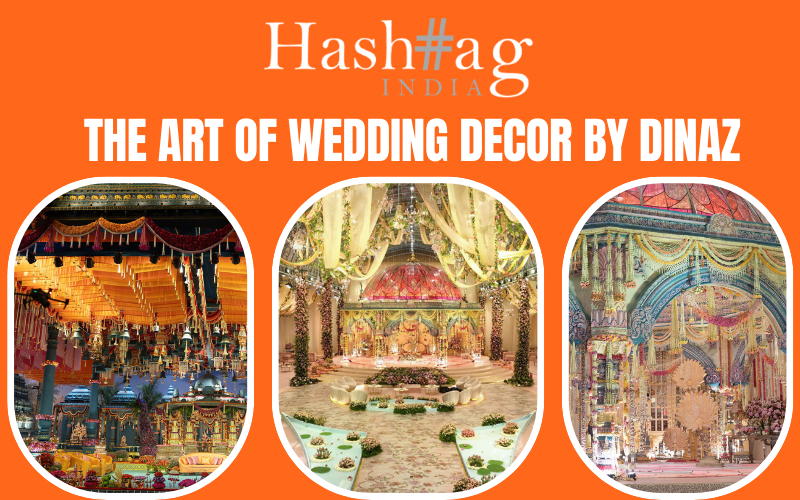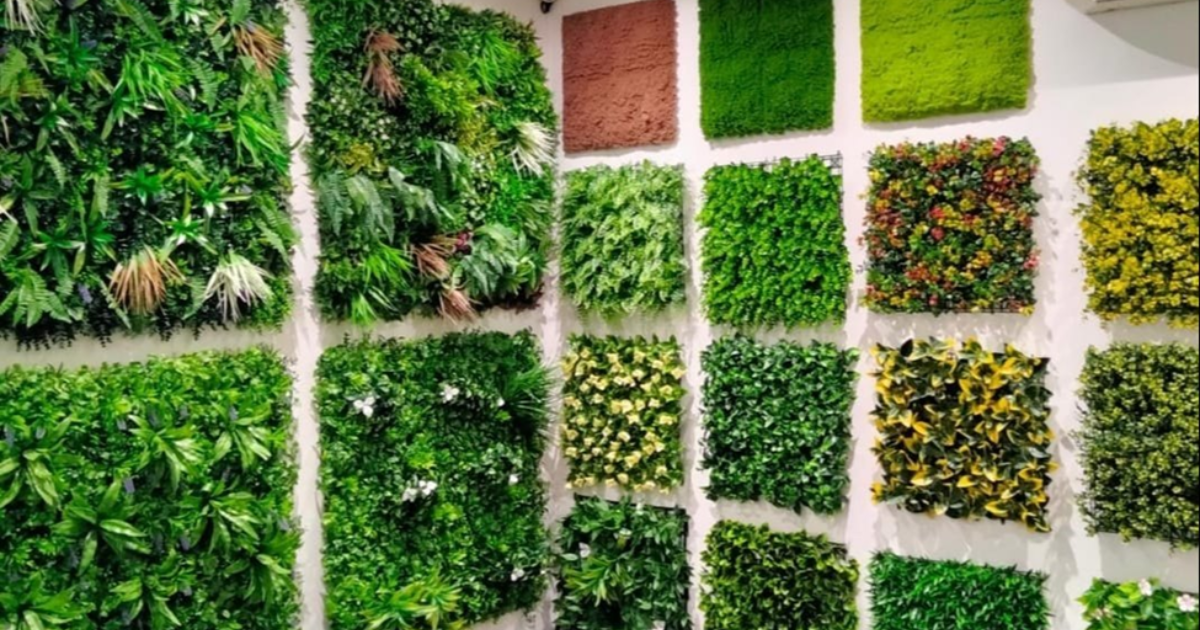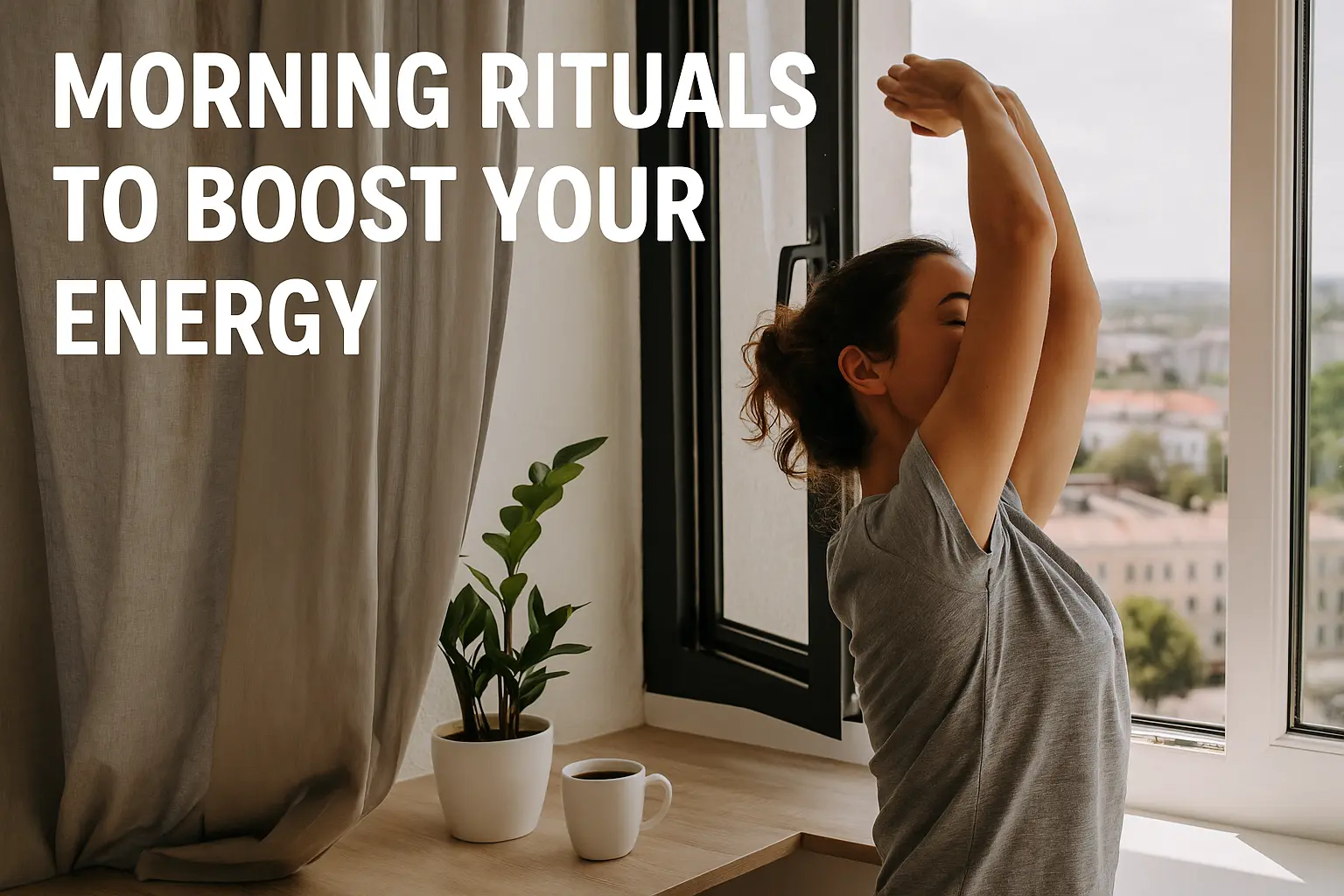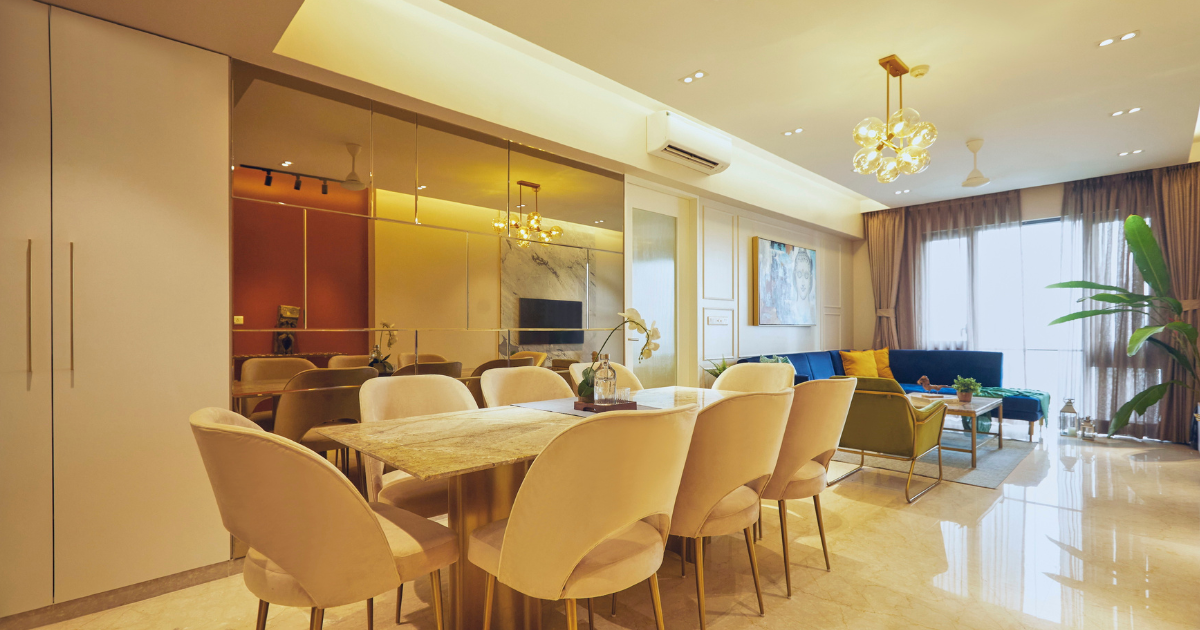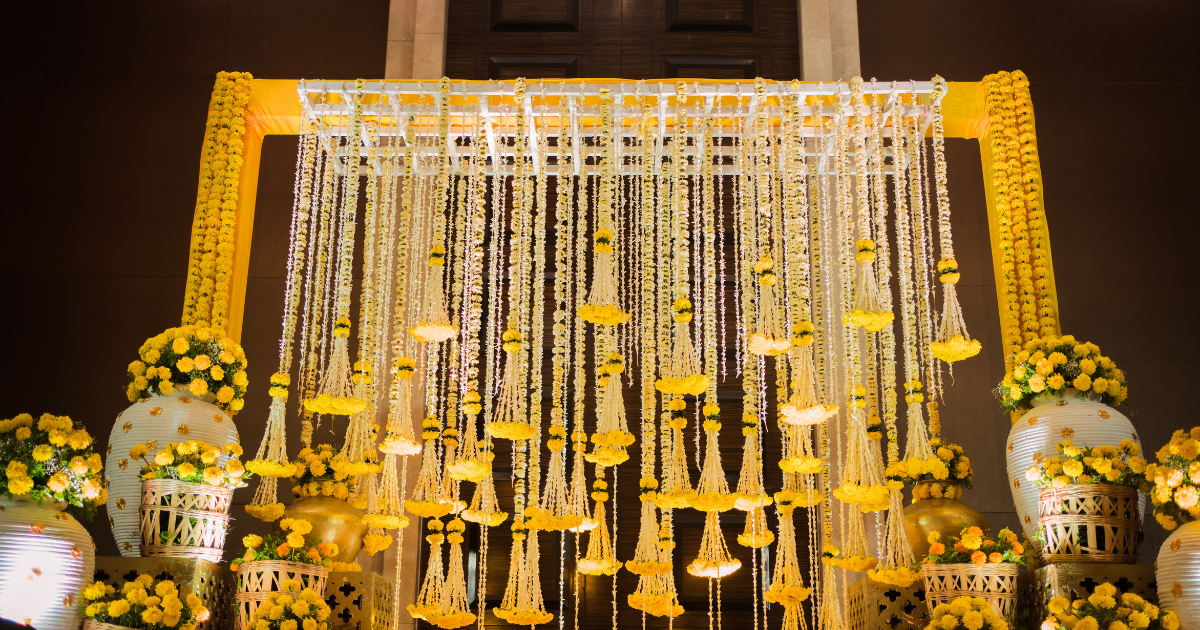Few events in life are more exciting than the birth of your little bundle of joy. A roller coaster of emotions, the birth of a newborn sparks abundant joy and intense feelings of satisfaction and fulfilment. And while you get ready mentally to prepare for the arrival of your little one, it is also imperative that you make your house ready for the baby. Rashmi Gopal Rao explores how you can get organised and create a space, aka the nursery which can seamlessly integrate with the rest of the house.
“Designing a nursery can be an unforgettable experience,” says Pankaj Poddar, co-founder of Hipcouch, the Interior Design Company. With endless options and ever-changing trends in design today, the interiors for a nursery has evolved from the typical ‘pink for girls and blue for boys’ and has become more concept driven. “A good place to start is to pick out a theme that resonates with your style and personality. The theme then gives a clear design direction by defining the colour palette, furniture and decor elements like artwork and accessories,” says Pankaj.
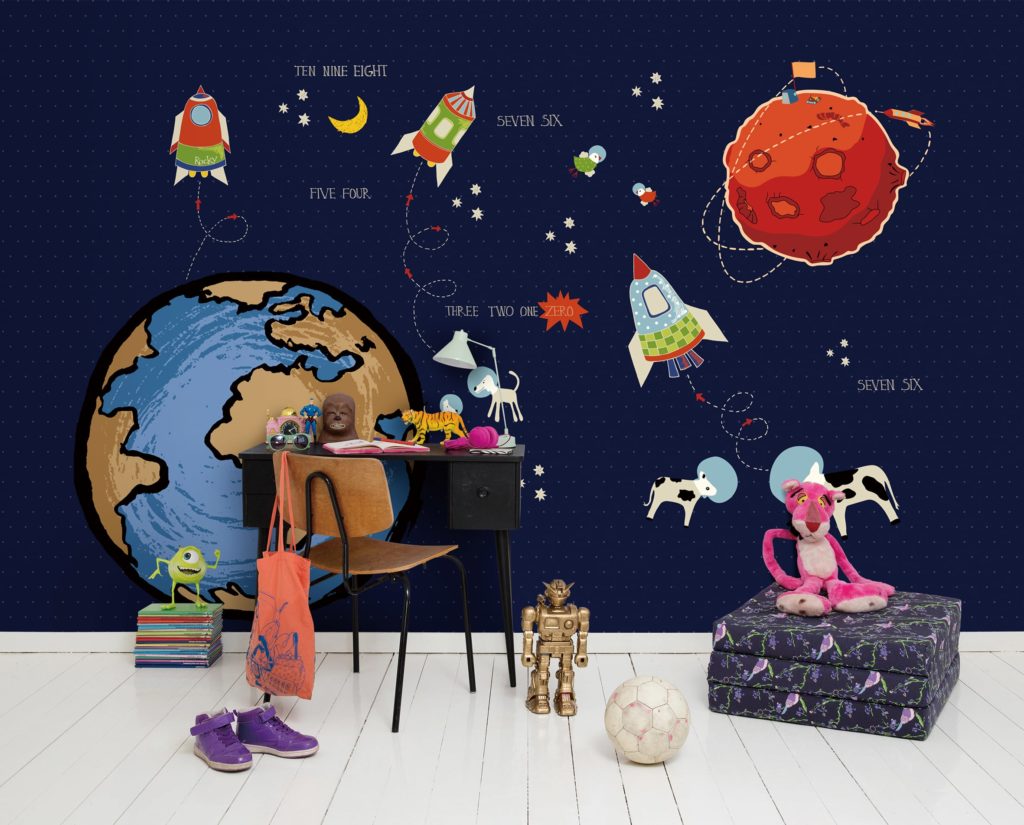
Themes galore
The nursery has often been an aspirational space for most parents and hence is designed to reflect their individual tastes. From bright hues to pastels to minimal whites, neutral themes are very popular. Scandinavian minimal designs are popular with parents who are fond of straight lines and clean looks. “The most loved themes these days are rainbows, jungle and space,” says Neha Jain, co-founder and creative director of UDC Homes. Irrespective of the theme, the nursery should be an open and welcoming space for the child to explore in, with or without adult supervision. “Speaking of aesthetics, create a sense of playfulness in simplicity. Adding elements of colour help liven up the space, but find balance within the various elements and hues,” say Siddharth Sirohi, founder of Baro Design, and Lakshya Elouise, Pre and Postnatal birth educator.
It is quite likely that the baby will spend a lot of time staring at the ceiling. Having innovative patterns and prints on the ceiling can create a comforting and stimulating ambience.
Furniture and Storage options
The importance of having thoughtful, multipurpose and functional furniture to stay organised can hardly be overemphasized. The focal point of every nursery is of course the crib. It is of utmost importance to choose a crib that is safe and comfortable for not only the child but the new mother as well. According to Romilla Tewari, Creative director & Founder of ThinkCutieful, “The crib should have rails and adjustable height of the mattress so that the mother does not have to bend too much particularly in the first two postpartum months. As the baby grows it is key for the baby’s safety that the mattress is lower.”
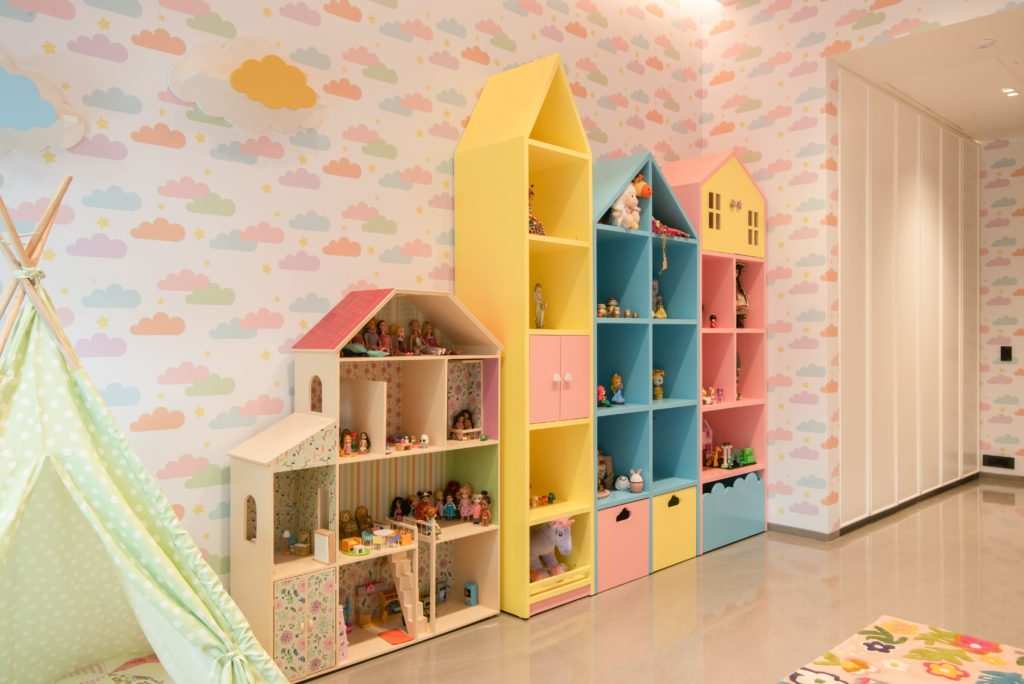
Apart from the crib, a feeding chair or a rocking/gliding recliner for comfortably feeding and rocking the baby is extremely useful. A day bed for the parents to relax while taking care of the baby is always a good idea. A functional changing table with drawers to store diapers and swaddle sheets is an important piece of nursery furniture. You can choose a changing table in such a way that it is useful even after the baby grows up either as a side table or a simple chest of drawers that is used to store the baby’s clothes, toys, and books.
Nuances of Décor
As they say, the devil is in the details, and hence small things can make a lot of difference. While it is easy to have pleasant colours and pictures on the wall given the plethora of wallpapers and decals that are available, the ceiling is often neglected. It is quite likely that the baby will spend a lot of time staring at the ceiling. Hence, having innovative patterns and prints on the ceiling can create a comforting ambience. Other accessories like a woollen rug, a dream catcher or a wind chime can infuse warm and positive vibes. Dark curtains help a child sleep better during the sunny middays and afternoons while sheer curtains can help soften the light.

Dos and don’ts
While designing the nursery, certain safety measures need to be necessarily incorporated. Avoid sharp edges on furniture, choose comfortable cotton materials for bedding and sheets and ensure that there are no low-level electric switches, plug points, frames or accessories of any kind. “Do not clutter the space. A good idea is to circulate their toys and books and keep only a limited number to access for a given duration. This creates a constant renewal within the space and even the same objects will be experienced anew,” add Siddharth Sirohi and Lakshya Elouise.
Finally, it helps to keep things flexible and plan with a slightly longer time frame in mind. Afterall it is a space that needs to keep changing as per the requirements of the baby as they grow up. “Transition is an important aspect of a baby’s room,” says Romilla, “it is a room that should have space to grow, evolve and transform from an infant’s space to a toddler’s and a young baby’s with lots of space to crawl, cruise and finally take those first little steps.”

